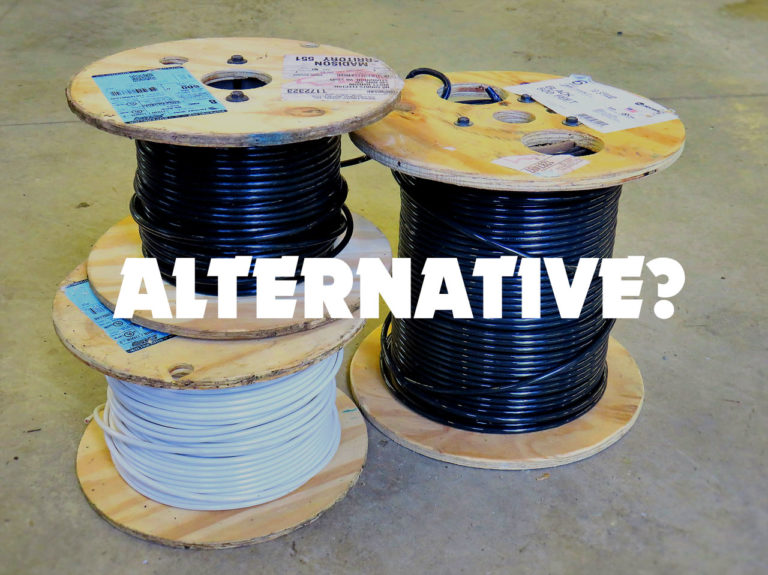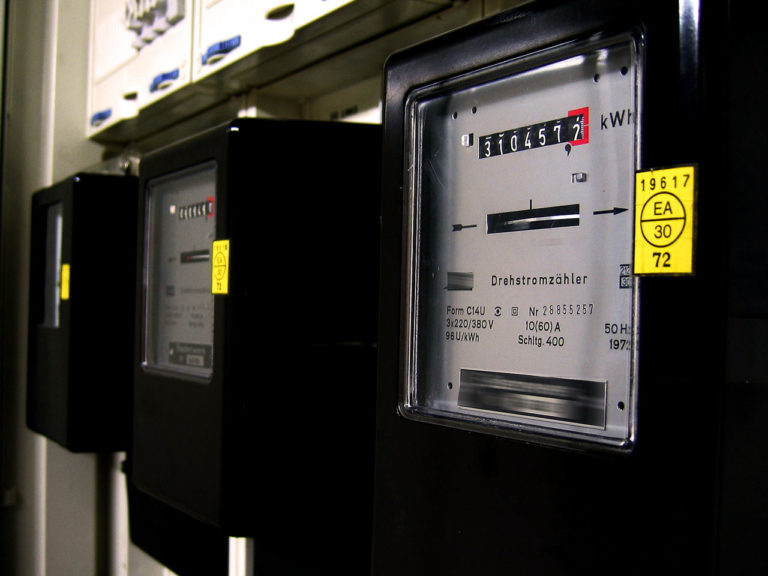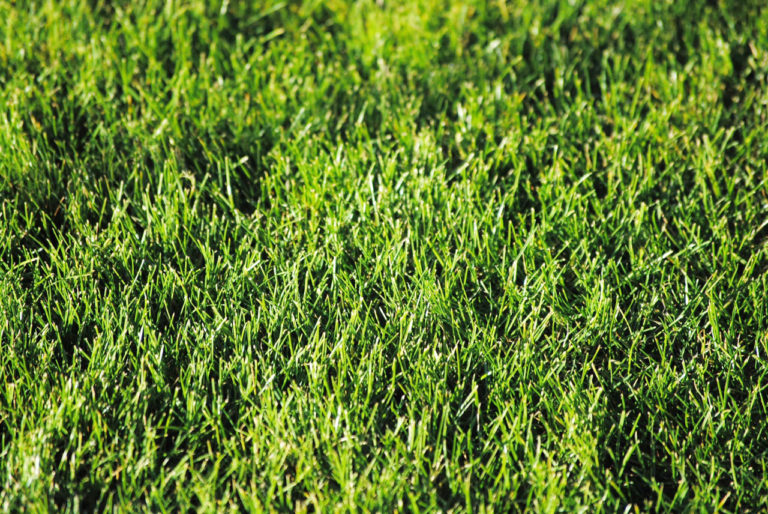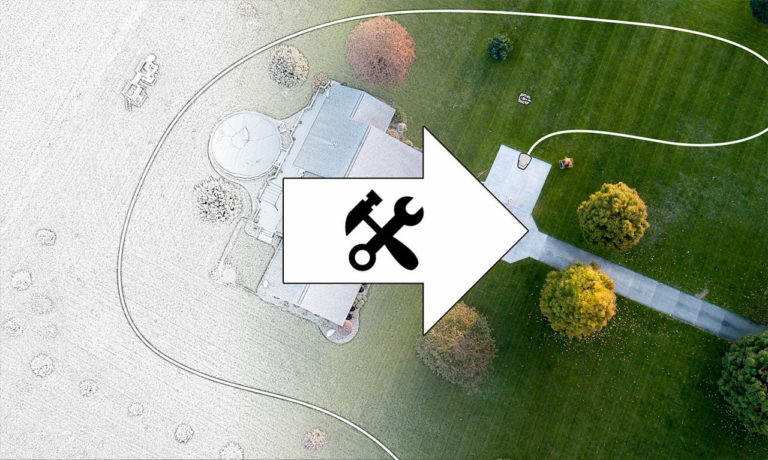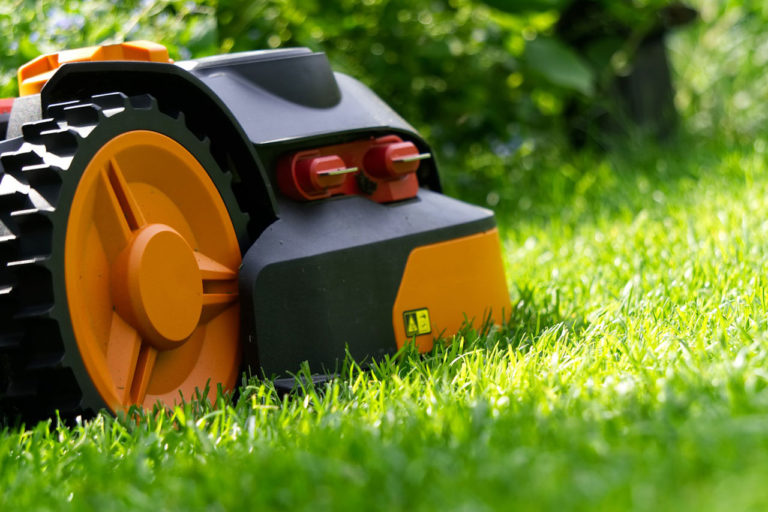Are you looking for a robotic mower with a bag and just can’t find one? There is a reason for that! There are no robotic mowers with catch bags! Why this is so, I will explain to you in this article.
Why are there no robotic mowers with a catch bag? The principle of a robotic mower is an ingenious system in which all components are coordinated with each other. A catch bag would not work, firstly because the weight would cause robotic mowers to become unnecessarily heavy, which is bad for the battery capacity, and secondly because a much more complex technology would be necessary for the robotic mower to empty the bag.
If that hasn’t convinced you yet, read on. I will explain in detail why a catch bag does not make sense on a robotic mower and why robotic mowers are built the way they are built.
Contents
The robotic mower system is designed to work in perfect harmony
What makes the robotic mower so ingenious is that the way it works means that supposed disadvantages are no longer disadvantages at all. Let me give you an example: The robotic mower cannot pick up lawn cuttings, because the technology would be quite complex.
In theory, it would just have to drag a catch bag behind itself. This, however, would make the robotic mower unnecessarily heavy, so that it would need a larger battery and motor. This would also reduce the mowing time per battery charge.
In addition, the robotic mower would need some kind of device to empty the catch bag. Where should the cuttings go? In the compost bin? Then you would need to build a robotic mower that can find the compost bin, extend its arms to the lid, open the bin, lift the bag to the bin and empty it completely.
That would be a complex technique. With a compost heap it would perhaps be a bit easier, but only a bit.
So the problem is: Something has to happen with the lawn cuttings.
With a normal lawnmower, you couldn’t just leave the lawn cuttings lying around, because they wouldn’t weather fast enough and would cause lawn thatching or even start to rot.
However, the robotic mower has one advantage: it can mow much more frequently, since no human being needs to be present for this. So the developers thought: “Then we’ll simply let the robotic mower mow so often that each time it mows, it only cuts the very tips of the blades of grass, which will not be noticed at all and will weather away super quickly.
The trimming done by the robotic mower, if it mows frequently enough, is only about one millimeter long. Such a short lawn cut weathers much faster. And its weathering directly adds new nutrients to the lawn.
Problem solved! And not only that- With the mulching principle you get a healthier lawn. The continuous supply of nutrients ensures a healthier and stronger growth.
And another effect is enjoyed: grass likes to be cut very often. In contrast to invasive plants, such as weeds or wild grasses, lawn grass grows particularly well, if it is cut every day.
It then grows more numerous and densely, forming a lush carpet. This means that weeds have a harder time establishing themselves, as they find fewer gaps in the lawn.
A catch bag does not fit the system of a lawn robot
Thanks to the mulching system, the robotic mower kills three birds with one stone: it avoids the problem that it is technically unable to “take away” the lawn cuttings, and at the same time ensures good fertilization of the lawn and better lawn growth.
It only achieves this because it can mow every day, since no human labor is necessary and it only cuts a little bit off the top each time.
A bag would completely disrupt this principle. It is technically simply much too complex to build a robotic mower that can empty its own catch bag, at least with our current technology.
Sure, somehow that would be possible, but then you would have to spend a lot more on your robotic mower: The devices are not cheap as it is.
Otherwise, the only alternative would be that you would have to empty the catch bag yourself each time. But this partly defeats the point of using a robotic mower. It should work on its own without you having to help it.
What else is special about the function of a robotic mower?
Most robotic mowers mow by chance
There is one more important thing in which most robotic mowers differ quite significantly from normal lawn mowing: Most current robotic mowers mow by chance.
Here, too, one takes advantage of a supposed weakness of the robotic mower. It is not so easy for a robotic mower to find its way around in a garden of any shape. How should it know where there is grass everywhere and where there is not? And how should it know where it has already mowed and where it hasn’t?
The former is quite simple: Most robotic mowers work with a so-called boundary wire. You lay this around the lawn. A weak current runs through the cable, which creates an electric field, which in turn allows the robotic mower to know exactly where the lawn ends.
But the thing with the “where has already been mowed and where has it not” is a bit more difficult. Most robotic mowers therefore mow simply by chance. At some point they will have reached every spot, that is simply the principle of chance.
On very large areas, which are best of all made up of several partial areas, this can of course become inefficient at some point. But better robotic mowers have different functions, such as remote starting points, multi-zone function, or GPS.
From problem to benefit
Apart from that, however, random mowing is not a disadvantage at all: for the cut pattern of the lawn, it is actually a great advantage that the lawn is always mowed from a different direction. So what was originally a problem also has a benefit.
If you mow the lawn yourself with a normal lawnmower, you will probably mow it consciously or unconsciously always in the same pattern. As a result, the lawn will lean in a certain direction after a while. This creates unsightly stripes on the lawn and the whole thing looks uneven.
With the lawn robot you have an absolutely even cutting pattern, because the lawn is always cut from a different direction.
In addition, many robotic mowers have a function in which the mowing unit always turns at random in one direction or in the other. Although this primarily serves to evenly wear down the blades sharpened on both sides, it also has the additional side effect that the lawn is always cut from different angles.
Some robotic mowers, do not mow by chance, but systematically work the area. However, even these robotic mowers vary the pattern after mowing the lawn with each pass, so that the lawn is mowed from different directions and thus receives different growth incentives.
Are there significant differences between different robotic mowers?
Robotic mowers differ in the range of functions
Of course there are big differences in quality between the different models and manufacturers. Finally, there are also big differences in price. While the MowRo 7 costs just $600, there are robotic mowers from HUSQVARNA that cost $4,300. And there is still a long way to go, at least if you include robotic mowers for sports facilities
Robotic mowers also differ in their range of functions and how they deal with different problems. As you already know, there are robotic mowers that mow according to the chaos principle and others that work systematically.
From the middle class upwards, many robotic mowers are able to switch at least between two surfaces that are connected to each other. There are remote starting points for this. Others also call this multi-zone function, or secondary zone function.
Robotic mowers from HUSQVARNA use a guide wire in addition to the boundary wire.
Some robotic mowers manage without a boundary wire
There is also a very big difference between robotic mowers that use boundary wires and those that work completely without. Until very recently, robotic mowers without boundary wire were only semi-autonomous. This means that they could not charge themselves, but you had to charge them. And they couldn’t charge themselves on the lawn either, but had to be “suspended” and activated by a person there.
These robotic mowers without a boundary wire have a grass sensor for navigation in addition to their shock sensors, which helps them to determine where the lawn stops. Of course, this only works to a limited extent and is very error-prone.
As of this year there are also robotic mowers without boundary wire, which orient themselves with a camera and artificial intelligence. They use machine learning to get to know each garden individually and optimize their mowing routes. So far I only had the opportunity to have a first look at such devices, but soon more content will follow here.
